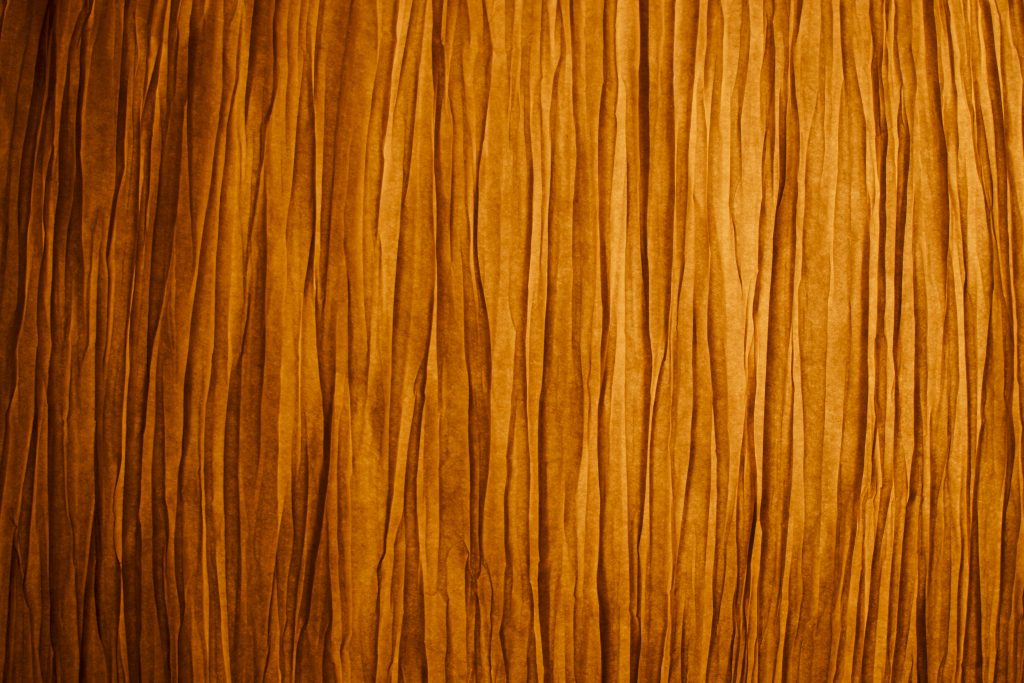Are you planning to add or replace an existing deck? The biggest decision you have to make is which material to use for the decking. While most will use pressure treated lumber for the structure, there are other options available for decking. Here is some information to help you make your decision.

Wood Decking
The classic and still the most popular deck material, wood decking is usually pressure-treated softwood, such as hemlock, fir, or pine. More expensive wood decking types include cedar and exotic hardwoods, such as teak or ipe. Any wood deck (including pressure-treated) will need to be treated/stained to keep it from weathering.
Pros
Natural wood decking is definitely the way to go to save on costs. It is uncomplicated to install. It is readily available (exotic woods may be special order). Real wood has a natural look and feel.
Cons
If you are not the type to keep up on the maintenance – power washing annually and re-staining when required (every 2-3 years), then wood decking is not for you. Wood decking is prone to decay over time particularly if it is not properly maintained.
Cost
Pressure-treated wood is lowest on the cost scale while Cedar can be comparable to the cost of composite materials. Exotic woods are also high on the cost scale.
Wood-Composite Decking
If you are looking for very little maintenance then wood-composite decking is the way to go. It is a mixture of high-density polyethylene and wood particles, along with preservatives and binders. For the most part wood-composite decking is eco-friendly
Pros
This product is very low maintenance and can resemble real wood. There will be no concerns about walking bare foot on this decking as there are no splinters to worry about. It will never need staining or a protective finish.
Cons
Although this product is nice looking from a distance, up close it does look and feel like plastic. Composite decking is costly and comes in a limited range of colors. It is more difficult to install because it requires capping of all cut ends.
Cost
You can expect to pay double the price of pressure-treated wood
Summary: Wood-Composite vs. Natural Wood
| Wood Composite | Wood | |
| Solidity | Solid all the way through | All wood, solid all the way through |
| Weight | Fairly lightweight but heavier than wood | Fairly lightweight and easy to handle |
| Rot | Rot possible but not likely | Guaranteed to rot, even when pressure- treated |
| Installation | Uses standard fasteners (deck screws)or special “hidden” fasteners | Uses standard fasteners |
| Cost | Double the price of wood | Lowest upfront cost, but long-term maintenance required |
